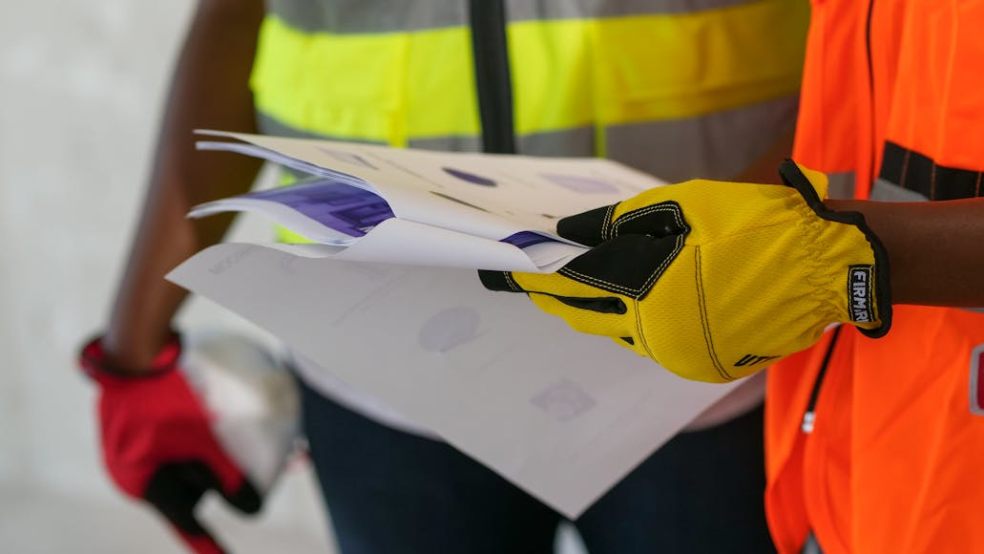
What Are Effective Ways for UK Employers to Maintain Safety Standards: Key Practices and Strategies
Maintaining safety standards is important for UK employers to create a secure workplace for all employees. These measures not only protect health and well-being but also contribute to a productive work environment. By understanding and applying effective safety practices, you can help prevent accidents and promote a safer workplace.
To keep up with safety standards, you might need to look beyond conventional methods. For instance, an employer may choose to explore drug testing options to add another layer of safety and awareness to the workplace. These approaches can help you maintain a high standard of workplace safety in diverse settings.
Conduct regular risk assessments
Conducting regular risk assessments is important for maintaining workplace safety. By identifying potential hazards, you can protect your employees from harm. This involves examining work processes and areas to spot anything that might cause injury.
Assess the risks by considering how likely it is that someone could be harmed and how severe it might be. This helps you decide what precautions or actions to take.
Take action to control the risks once they are identified. If eliminating the hazard isn't possible, find ways to minimise the risk. You should then record your findings and share them with your team.
Regularly review your risk assessments, especially when there are changes in the workplace. New equipment or processes may introduce new risks, so staying up-to-date is key.
Implement Comprehensive Safety Training
Providing thorough safety training is a key part of maintaining safe work environments. First, identify the specific needs of your workplace by assessing potential risks and hazards. This can involve looking at past incidents and near misses to understand where additional training might be needed.
Once needs are identified, tailor training programs to address these areas. Make sure the content is relevant and easy for all employees to understand. Inviting open discussions about safety can also encourage employees to share concerns and solutions.
Regularly evaluate the effectiveness of the training sessions. You can do this by observing workplace practices and gathering feedback from employees. This helps to pinpoint any gaps and update training materials as necessary.
Engage employees by recognising and rewarding safe behaviour. This can motivate everyone to maintain high safety standards and encourage a culture of safety across the organisation.
Guarantee proper personal protective equipment (PPE) usage
Providing suitable personal protective equipment (PPE) is important for keeping your employees safe from workplace hazards. You are required to supply items like safety helmets, gloves, and high-visibility clothing.
PPE should fit well and be comfortable to wear. Poorly fitting equipment might not protect effectively, leading to increased risk. Regular checks and maintenance are necessary to keep PPE in good condition.
Combine PPE use with other safety measures. A risk assessment helps decide when PPE is needed. Train your staff on how to wear and care for their equipment properly. Clear instructions help avoid misuse or mistakes. Make sure your team knows why PPE is used and the risks if neglected. This can lead to safer work practices and a reduction in accidents.
Maintain clear emergency procedures
Having clear emergency procedures at your workplace is important for safety. These plans should be well-documented and readily accessible to all employees. They need to cover steps to take during different types of emergencies, such as fires or medical incidents.
Training sessions should be held regularly to familiarise employees with these procedures. Everyone should know how to find exits, use emergency equipment, and handle communications. Evidence suggests that when staff know their roles, response efforts are more efficient.
Employers should appoint specific people to oversee and implement emergency plans. This guarantees that confident and decisive actions can be taken when necessary. Coordination with other businesses sharing the same space is also important. This coordination helps avoid confusion during incidents and guarantees a unified response effort.
Regularly review and update emergency plans. Consider feedback from past drills or incidents to make necessary improvements for a safer environment.
Conduct Regular Safety Audits
Conducting regular safety audits helps you keep the workplace secure. These audits involve checking health and safety policies, procedures, and practices. By identifying potential hazards, you can address them before they become serious problems.
Staying updated with the latest safety regulations is important. Regular audits make sure that your workplace complies with these rules. This keeps everyone informed about necessary changes.
A safety audit reviews how well current safety measures are working. It covers staff practices, equipment safety, and workplace conditions. Through this, you can find areas needing improvement.
Regular audits also help maintain a good reputation by avoiding incidents that could lead to legal issues. When your workplace is safe, it reflects positively on your organisation and shows your commitment to employee welfare.
Make safety audits a part of your regular routine. They are a proactive step in promoting a safer work environment.
Encourage Open Communication About Safety Concerns
Creating an environment where employees feel comfortable discussing safety concerns is key. Regular safety meetings like "Toolbox Talks" provide an opportunity for everyone to voice concerns and discuss safety protocols. This keeps everyone informed and on the same page. Regular communication helps identify and address issues before they become serious.
It's important to listen actively when employees raise safety concerns. Acknowledge their input and seek solutions together. This shows that their contributions are valued and encourages ongoing dialogue. When employees see their feedback leads to action, they’re more likely to continue communicating openly.
Provide multiple channels for employees to report safety issues. This could include suggestion boxes, email, or dedicated phone lines. Offering various ways to communicate can help employees choose the method they're most comfortable with, leading to more honest and open discussions.
Conclusion
Keeping workplaces safe is important for everyone involved. You should follow regulations like the Health and Safety at Work Act 1974, which sets out key employer responsibilities. This helps you protect employees' health and safety effectively.
Regular training sessions can make sure that everyone knows the safety protocols. By keeping things simple and clear, employees can understand their roles in maintaining a safe environment.
Also, routine inspections and evaluations are valuable. They help you spot potential hazards before they become an issue. Addressing these quickly can prevent accidents and injuries.
To further support safety, consider implementing an easy-to-follow reporting system. This allows staff to report hazards or unsafe behaviour without any hassle. It encourages a culture of safety throughout your organisation.
By focusing on these practices, you can maintain effective safety standards, guaranteeing a healthier workplace for all.














